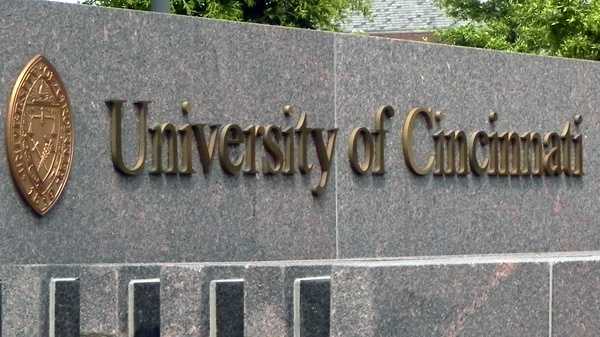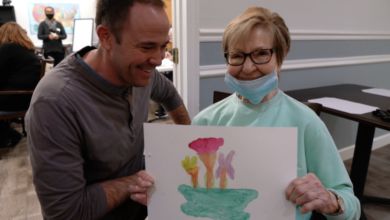
WASHINGTON – U.S. intelligence officials remain divided over the origins of COVID-19, with some analysts concluding it was likely caused by natural exposure to an infected animal and others believing the first human infection was probably the result of a laboratory-associated incident, according to a new report.
The Biden administration report on the origins of COVID-19 found the virus "was not developed as a biological weapon." It also concluded China "did not have foreknowledge of the virus before the initial outbreak" of COVID-19 in late 2019.
"After examining all available intelligence reporting and other information, though, the IC (intelligence community) remains divided on the most likely origin of COVID-19," a summary of the report released Friday reads. "All agencies assess that two hypotheses are plausible: natural exposure to an infected animal and a laboratory-associated incident."
President Joe Biden asked the intelligence community in May to redouble efforts to investigate the origins after they failed to reach agreement on how the pandemic started.

Biden was briefed on the full classified report Tuesday. A declassified two-page summary says the National Intelligence Council and four other elements of the intelligence community assessed with "low confidence" that COVID-19 was most likely caused by natural exposure to an animal infected with it or a close progenitor virus.
"These analysts give weight to China’s officials’ lack of foreknowledge, the numerous vectors for natural exposure, and other factors," the summary says.
More:The real issue with the COVID-19 lab leak theory? The US isn't spying on China like it used to
But another element of the intelligence community found with "moderate confidence" that the first human infection with COVID-19 was likely the result of a lab incident – likely involving either experimentation, animal handling or sampling by the Wuhan Institute of Virology.
"These analysts give weight to the inherently risky nature of work on coronaviruses," the summary reads.
Analysts of three other intelligence communities did not coalesce around either explanation, with some favoring a natural origin and others a laboratory origin.
In a paper posted last month, a team of 21 virologists said there's currently no evidence that the coronavirus began in a lab. But there is a "substantial body of scientific evidence supporting a zoonotic origin," the scientists wrote.
The virus first appeared in 2019 in the Chinese city of Wuhan. The city is also home to the Wuhan Institute of Virology. The new intelligence report agrees that COVID-19 "probably emerged" and infected humans through an "initial small-scale exposure that occurred no later than November 2019" with the first cases arising in Wuhan.

Most intelligence agencies assessed with "low confidence" that COVID-19 "probably was not genetically engineered." But two other agencies believed there was not sufficient evidence to make an assessment either way, the report found.
A joint investigation by the World Health Organization and China concluded in a March report that it was "extremely unlikely," that the virus escaped from the lab.
But the United States joined a number of other countries in raising concerns that the study “was significantly delayed and lacked access to complete, original data and samples."
Like most aspects of the coronavirus, the question of how it originated has been wrapped up in politics.
At a Capitol Hill press conference last month that Republicans ostensibly held to emphasize the importance of getting vaccinated, lawmakers spent most of the time talking about the need to investigate where COVID-19 came from.
Some Republicans have focused on whether the virus was strengthened in the lab through “gain-of-function” research, as well as whether the National Institutes of Health could be implicated.
Dr. Anthony Fauci, the government's top infectious disease expert, has denied such accusations, saying the NIH “has not ever and does not now fund gain-of-function research in the Wuhan Institute.”
Beyond domestic politics, determining the origins of COVID could determine the safety measures required of laboratories and impact the U.S.’s already complicated relationship with China.
Reach Joey Garrison on Twitter @joeygarrison.
Source link








